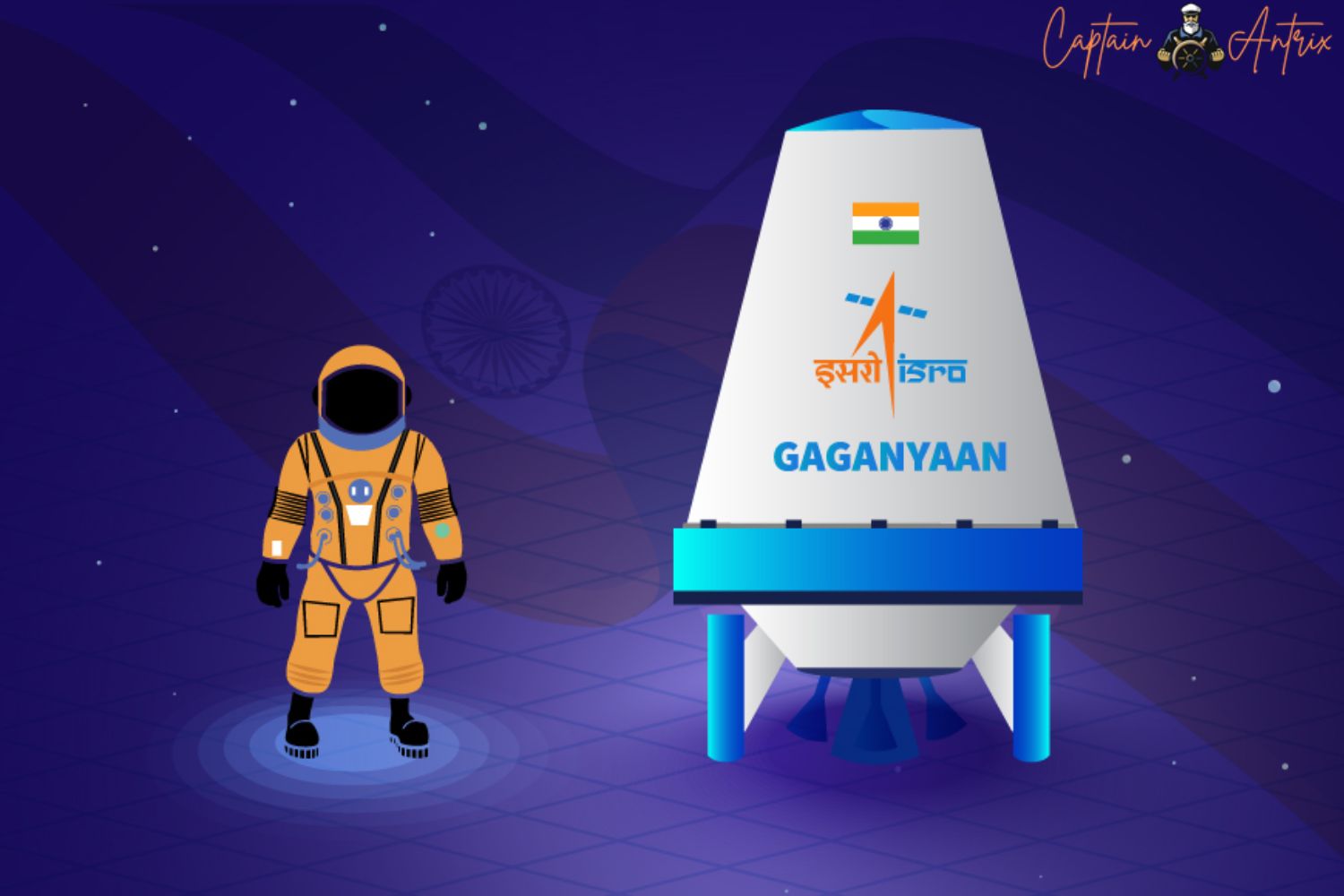
In a significant stride towards ensuring the safety of the Gaganyaan human space flight mission, the Indian Space Research Organisation (ISRO) has accomplished a series of crucial tests on drogue parachutes. These parachutes play a pivotal role in stabilizing the crew module and reducing its velocity to a safe level during re-entry.
The Gaganyaan mission, which aims to transport astronauts to space and back securely, relies on various intricate systems. Among these, drogue parachutes hold a special place. Their deployment is crucial for slowing down and stabilizing swiftly moving objects, like the crew module during re-entry.
ISRO's Thiruvananthapuram-based Vikram Sarabhai Space Centre (VSSC) orchestrated a series of successful Drogue Parachute Deployment Tests in collaboration with the Aerial Delivery Research and Development Establishment (ADRDE)/DRDO. These tests were carried out at the Rail Track Rocket Sled (RTRS) facility of the Terminal Ballistics Research Laboratory in Chandigarh from August 8 to 10.
The drogue parachutes, ingeniously designed to be packed within pyro-based devices called mortars, are capable of ejecting the parachutes into the air upon command. These conical ribbon-type parachutes, boasting a diameter of 5.8 meters, incorporate a single-stage reefing mechanism. This mechanism minimizes canopy area and reduces opening shock, leading to a controlled and smooth descent.
The recent tests at the RTRS facility were highly comprehensive, simulating a range of real-world scenarios. These tests meticulously evaluated the performance and reliability of the drogue parachutes. The first test simulated the maximum reefed load, introducing a groundbreaking application of reefing in a mortar-deployed parachute within India. The second test emulated the maximum dis-reefed load, while the third test showcased the deployment of the drogue parachute under conditions mirroring the crew module's maximum angle of attack during its mission.

ISRO highlighted that these successful RTRS tests serve as a crucial qualification milestone for the drogue parachutes, confirming their readiness for integration into the upcoming Test Vehicle-D1 mission.
It's worth noting that earlier in the year, RTRS tests of Pilot and Apex cover separation parachutes were also conducted. These tests further underscored the advancement of the parachute system development for the Gaganyaan mission.
The intricate parachute sequence for the Gaganyaan crew module's deceleration system involves a total of 10 parachutes. The sequence initiates with the deployment of two apex cover separation parachutes. Following this, two drogue parachutes are deployed to achieve stabilization. Upon releasing the drogue parachutes, the mission progresses to the extraction phase. In this phase, three pilot chutes individually extract three main parachutes, a pivotal step in reducing the Crew Module's speed to ensure a safe landing.
In conclusion, the successful tests of drogue parachutes mark a significant advancement in ensuring the safety and success of the Gaganyaan space mission. These tests pave the way for the integration of these crucial components into the mission, bringing us one step closer to achieving India's ambitious space exploration goals.
